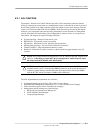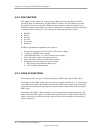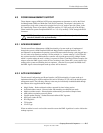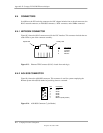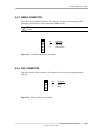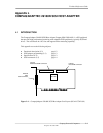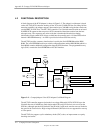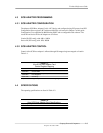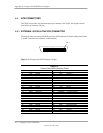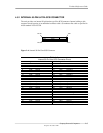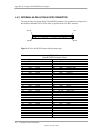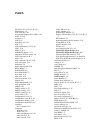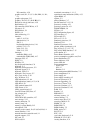I/O controller, 4-38
graphics card, D-1, E-1, F-1, G-1, H-1, J-1, K-1,
L-1
graphics subsystem, 2-13
graphics, 3D, D-2, E-2, G-2, H-2, J-2
Hard drive activity indicator, 4-39
Hub link bus, 4-7
I/O controller (LPC47B34x), 4-37
I/O map, 4-35
IDE interface, 5-1
IDSEL, 4-4
index addressing, 1-2
interface
audio, 2-14, 5-26
diskette drive, 5-4
IDE, 5-1
keyboard/pointing device, 5-16
parallel, 2-12, 5-11
serial, 2-12, 5-8
USB, 2-12, 5-22
interrupts
maskable (IRQn), 4-15
nonmaskable (NMI, SMI), 4-17
interrupts, PCI, 4-7
IPSEC, I-4
K56Flex, F-2
key (keyboard) functions, C-8
keyboard, C-1
keyboard (micro)processor, C-2
keyboard layouts, C-5
keyboard, USB, C-4
keyboards, Easy Access, C-7
keys, Easy Access, C-10
keys, Windows, C-9
LED indications, 6-3, 6-4
LED indications (status), 4-33, 4-39
LED, HD, 4-39
LED, network status, K-2
LED, Power, 4-39
LEDs, system board, 6-3
Low Pin-Count (LPC) Bus, 4-7
low voltages, 6-6
LPC bus, 4-7
LPC47B34x I/O controller, 4-37
mass storage, 2-12
memory detection, 7-5
memory map, 3-9
memory, system (RAM), 2-12
microphone, 5-26
monitor power control, D-4, E-4, G-4, H-4, J-4
mouse interface, 5-18
network interface controller card, I-1
network support, 5-33
NIC card, I-1
NLX card, K-1
notational conventions, 1-1, 1-2
operational status indications (LED), 4-33
option ROM, 4-7
options, 2-3
packet (Rambus), 3-7
parallel interface, 2-12, 5-11
password, clearing, 4-21
password, power-on, 4-31
PC600/700/800, 3-6
PCI bus, 4-2
PCI Configuration Space, 4-5
PCI interrupts, 4-7
PCI modem, F-2
PCI ver. 2.2, 5-33
Pentium 4 processor, 3-2
Pentium II, 2-11
Pentium II processor, 2-10
pinouts, header (connector), 6-8
Plug ’n Play, 2-2, 2-12, 7-15
Plug 'n Play BIOS function, 7-15
power button, 6-3
Power Button Override, 4-22
power consumption, graphics card, D-4
power distribution, 6-5
Power indicator, 4-39
power LED, 6-4
power management
ACPI, 4-32
PCI, 4-7
Rambus, 3-8
power management BIOS function, 7-17
power mangement, F-4
power supply, 6-1
power supply assembly, 6-2
power-on password, 4-31
processor upgrading, 3-4
processor, Celeron, 2-10
processor, Pentium 4, 3-2
processor, Pentium II, 2-10
RAM, 2-12
Rambus, 3-5
RDRAM, 3-5
reference sources, 1-1
remote flashing, 7-2
remote sense alert, 5-35
restoring CMOS, 4-22
RIMM, 3-5, 3-6
ROM BIOS, 7-1
ROM flashing, 7-2
ROM, option, 4-7
RS-232, 5-8
RTC, 4-20
scan codes (keyboard), C-11
SDRAM, E-2, G-2, H-2
security functions, 4-31



